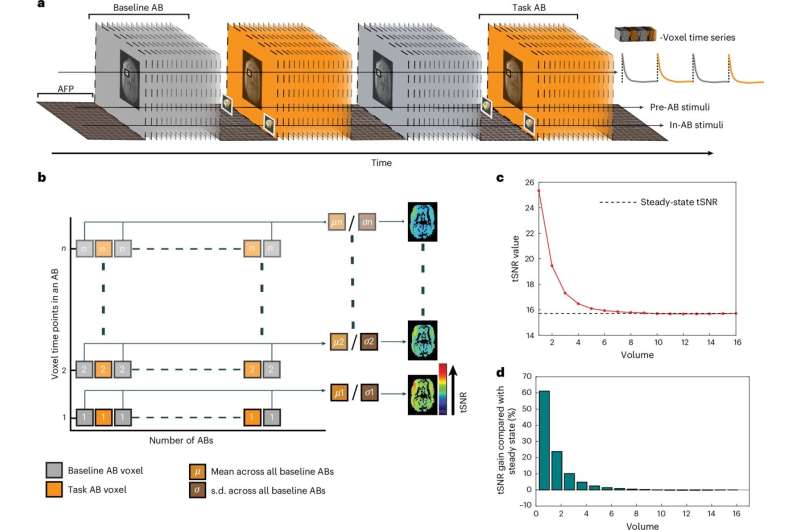A team of researchers at Western’s Center for Functional and Metabolic Mapping (CFMM) have discovered these early few seconds offer some of the richest data a scanner can produce.
Their new functional MRI (fMRI) technique, published this week in Nature Methods, takes advantage of the brief “start-up” period at the beginning of a scan. By adding short, deliberate pauses—called acquisition-free periods—the researchers allow the scanner’s signal to reset and strengthen, producing sharper, more responsive images of brain activity.
“This technique is like adding a turbocharger to your engine,” said Ravi Menon, the study’s lead author and professor at Schulich Medicine & Dentistry. “Normally, you throw away the exhaust—here, we’re harnessing that extra energy.”

